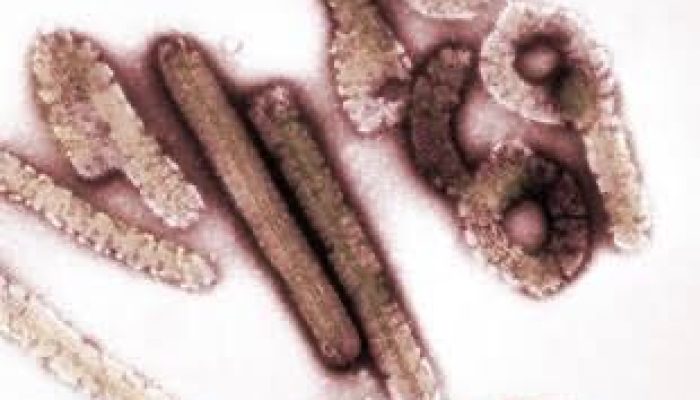A deadly virus, identified as the Marburg Virus Disease, has killed nine persons in Rwanda, Edum News reports.
The Africa Centres for Disease Control and Prevention, disclosed this in a statement.
It noted that 27 cases of the Marburg Virus Disease have been confirmed while 10 persons have lost their lives to it.
Recall that the Ministry of Health of the Republic of Rwanda declared a Marburg virus disease outbreak on September 27, 2024.
Africa CDC however noted that the Ministry of Health is working tirelessly in collaboration with relevant partners to contain the deadly virus.
It also disclosed that no vaccine or specific treatment for MVD has been found, and urged that supportive therapy be initiated immediately for any individuals presenting with the disease.
It stated, “As of September 30, 27 confirmed cases and nine deaths have been reported; most of the cases are health care workers. Over 297 contacts have been registered and are under follow-up.
“The Ministry of Health is working tirelessly in collaboration with relevant partners to contain the deadly virus through enhanced preventive measures in all health facilities. Contact tracing is underway, and cases have been isolated for treatment.
“The Ministry of Health further urged Rwandans to remain vigilant and strengthen preventive measures by ensuring hygiene, washing hands with soap, sanitizing hands, and taking necessary precautionary measures when in contact with other individuals.
“There is currently no vaccine or specific treatment for MVD, so supportive therapy should be initiated immediately for any individuals presenting with the disease. The same infection prevention and control protocols used for other viral haemorrhagic fevers, such as Ebola, should be followed to prevent transmission.”
MVD is a severe and often fatal zoonotic haemorrhagic illness caused by the Marburg virus. The virus is usually transmitted to humans from fruit bats. Human-to-human transmission occurs through direct contact with an infected person’s body fluids or with equipment and materials contaminated with infectious blood or tissues.
Written by Hope James




